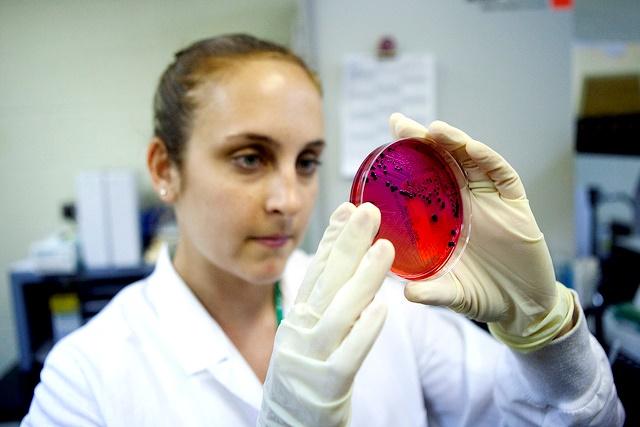In its annual report on foodborne illness surveillance, the US Centers for Disease Control and Prevention (CDC) today said Campylobacter and Salmonella caused most foodborne illnesses in the United States in 2016, but new lab tests make it difficult to sort out patterns.
Officials repeated concerns raised last year that growing use of culture-independent diagnostic tests (CIDTs), though helpful for clinicians, are complicating the analysis of surveillance data. Researchers published their preliminary 2016 Foodborne Diseases Active Surveillance Network (FoodNet) report in the latest edition of Morbidity and Mortality Weekly Report (MMWR).
CIDTs can produce a lab result in hours instead of the days that it takes to culture bacteria in the lab. Only culturing, however, can yield information about serotypes and subtypes and help gather detailed information, such as if illnesses are part of an outbreak or if organisms are antibiotic resistant. The CDC said for the first time the FoodNet report includes infections diagnosed only by CIDT in its total numbers.
Main findings
CDC's FoodNet sites, which cover about 15% of the US population, recorded 24,029 foodborne infections in 2016. Salmonella Typhimurium infections declined 18% in 2016 compared with the average for 2013 through 2015. Continuing decreases may reflect regulatory efforts to decrease contamination and vaccination of poultry flocks by producers, the agency said.
Meanwhile, increases in Shiga toxin–producing Escherichia coli, Yersinia, and Cryptosporidium likely reflect increased use of CIDT, which makes the infections easier to diagnose.
Follow-up cultures needed
Robert Tauxe, MD, MPH, director of the CDC's division of foodborne, waterborne, and environmental diseases, said in a CDC press release today that the report provides important information but highlights information gaps.
"We need foodborne-illness trend data to monitor progress toward making our food supply safer," he said. "It’s important that laboratories continue to do follow-up cultures on CIDT-positive patients so public health officials can get the information needed to protect people from foodborne illness."
The CDC included a caveat that the infection estimates this year and in previous years are accurate, but can't be directly compared to reveal trends, because the new total contains CIDT results. The agency added that FoodNet is developing new tools to allow it to continue tracking progress toward reducing foodborne illness.
In 2016 the US Department of Agriculture (USDA) finalized new performance standards for reducing bacterial contamination in chicken parts and ground poultry, and the CDC said the USDA's Food Safety and Inspection Service expects that the measure could prevent as many as 50,000 Salmonella and Campylobacter infections from contaminated chicken and turkey products each year.
See also:
Apr 21 MMWR report
Apr 20 CDC press release





















